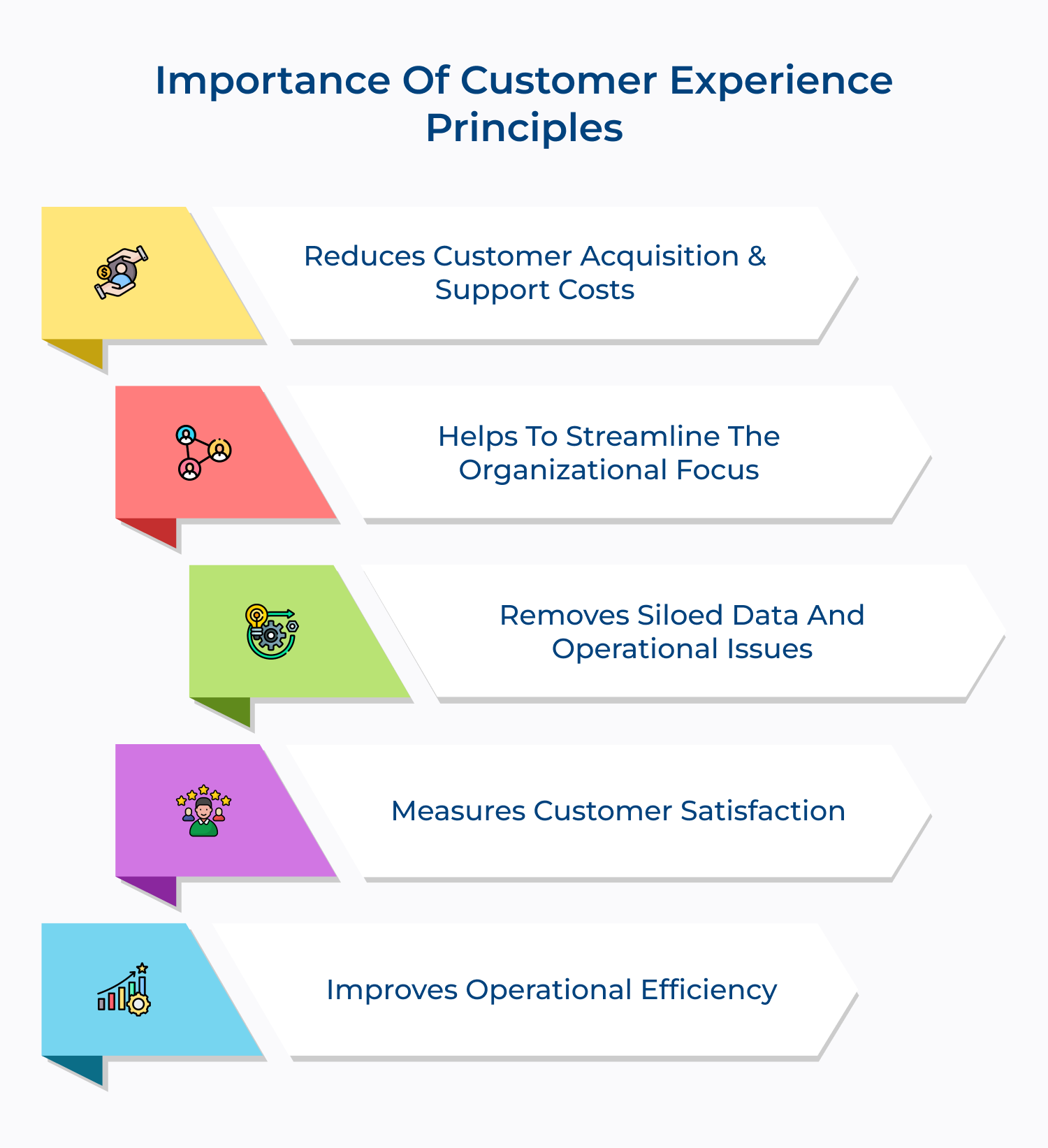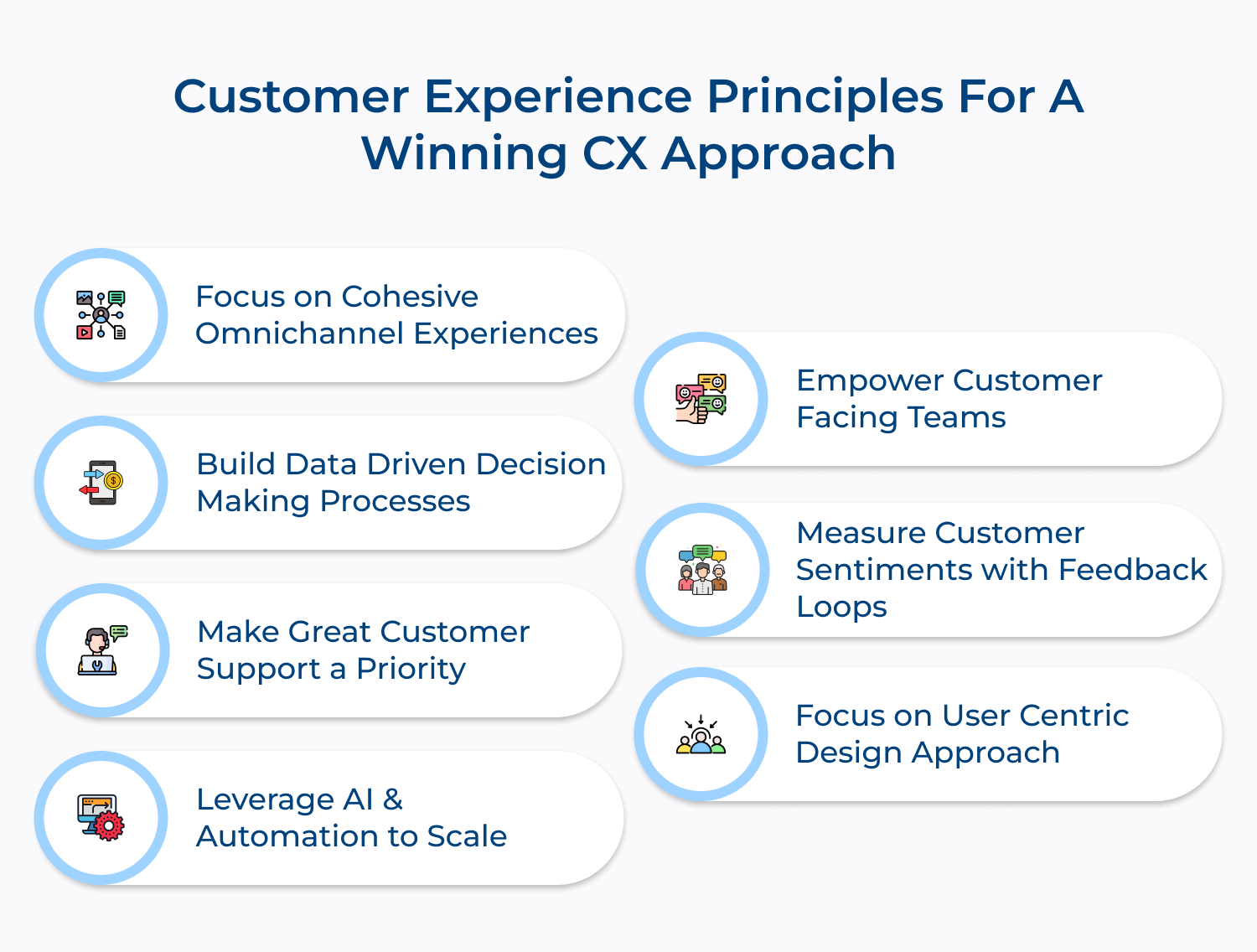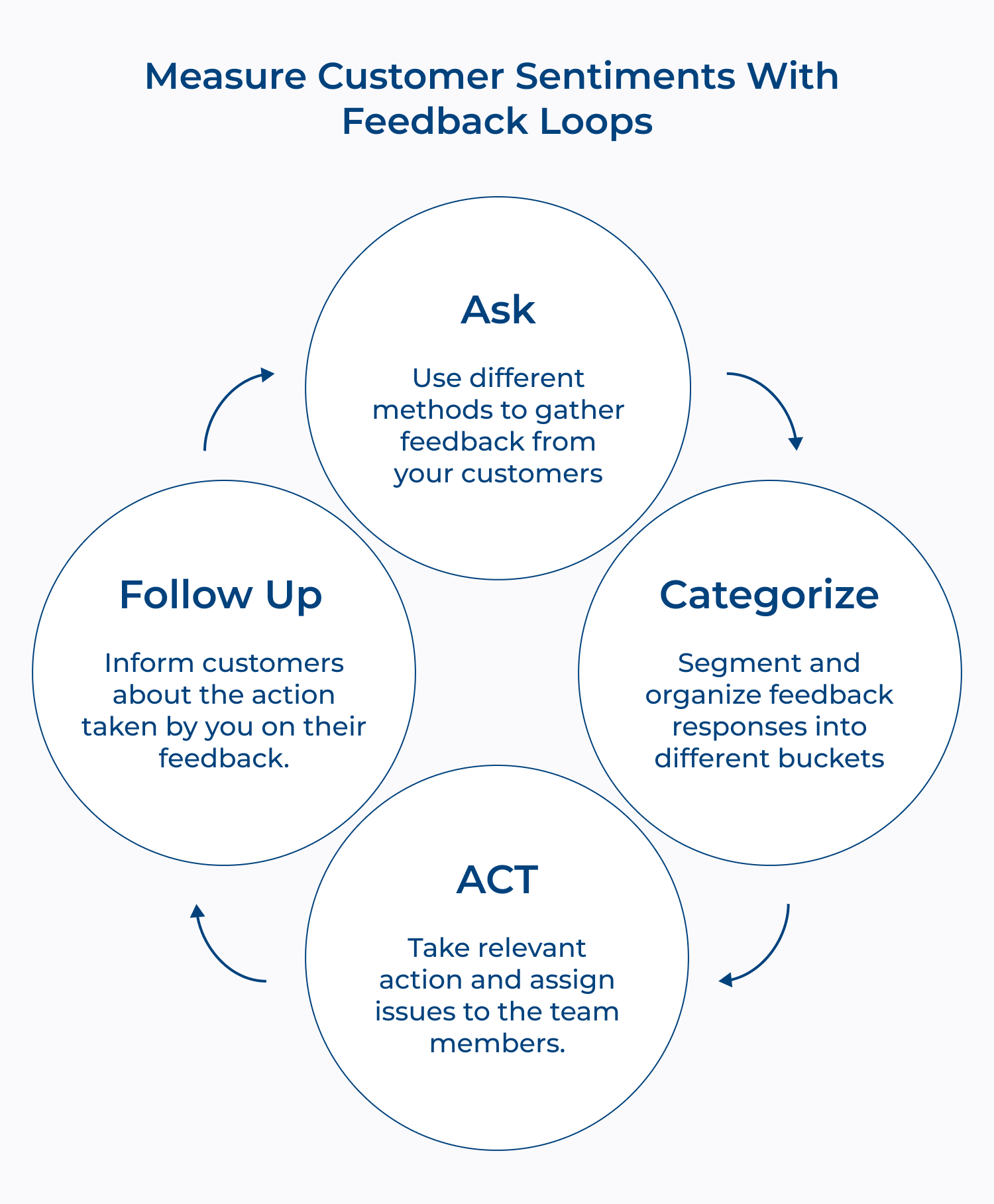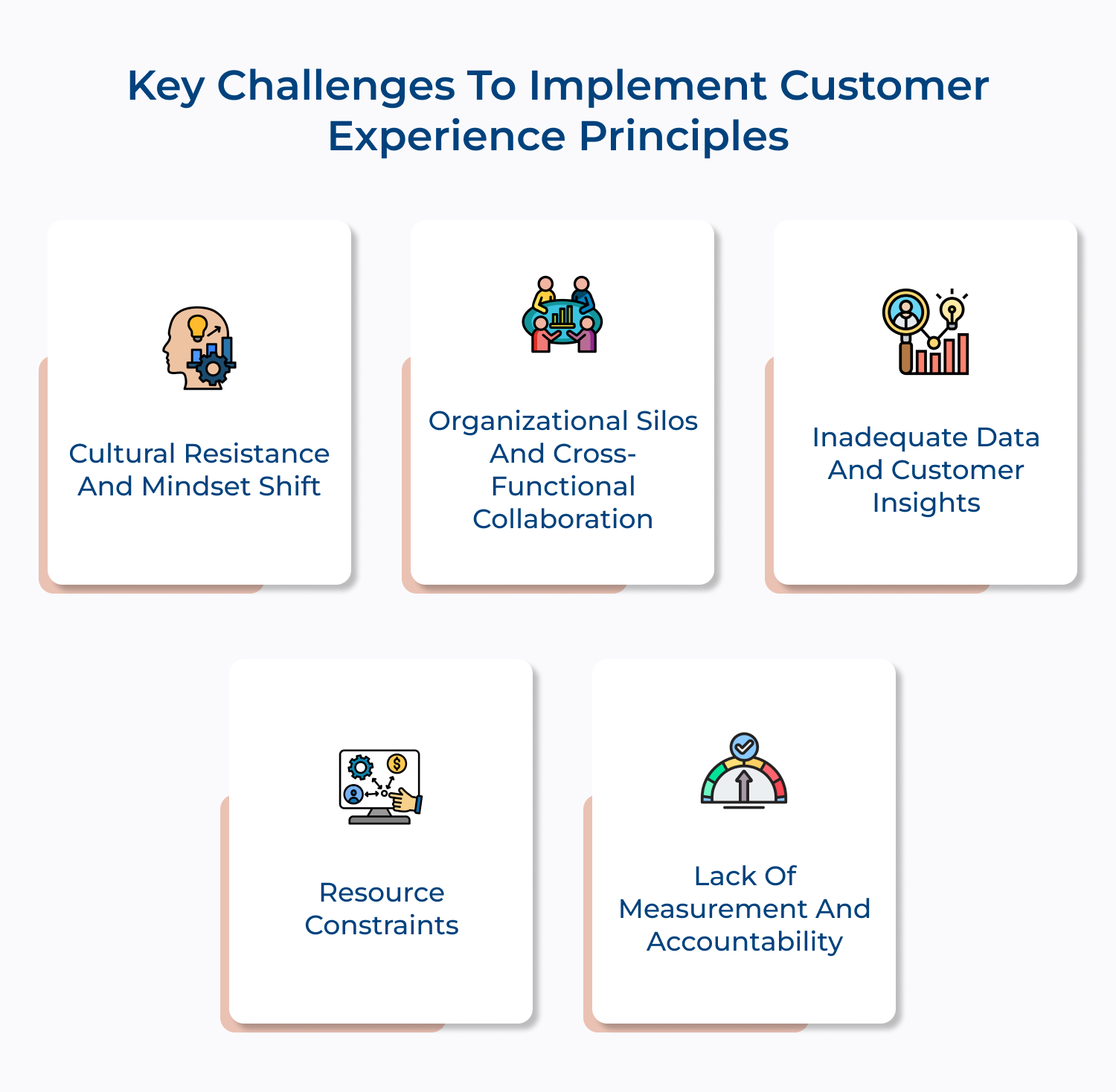1. Cultural Resistance and Mindset Shift
Cultivating a customer-centric culture across the entire organization can be difficult, as it often requires a significant mindset shift and buy-in from all employees, including leadership.
Solution: Invest in employee trainings that reinforce the importance of CX principles and foster a customer-focused mindset. Lead by example with clear support and commitment from top management.
2. Organizational Silos and Cross-Functional Collaboration
CX principles require seamless integration across different departments, channels, and touchpoints, which can be difficult in organizations with entrenched silos or lack of collaboration.
Solution: Establish cross-functional teams, implement unified processes and leverage technology solutions that enable data collaboration. Encourage open communication and break down barriers between departments.
3. Inadequate Data and Customer Insights
Having a deep understanding of customer needs, preferences and behaviors, it becomes challenging to design personalized and relevant experiences.
Solution: Invest in data collection or analysis tools, conduct customer research and establish feedback loops to gather customer insights. Leverage these insights to inform CX strategies and initiatives.
4. Resource Constraints
A lack of resources, whether financial, technological or human, can hinder the successful implementation of CX principles.
Solution: Prioritize and allocate the necessary resources to support CX initiatives, such as hiring or training dedicated CX professionals, investing in customer experience management (CXM) technologies and allocating budgets for continuous improvement.
5. Lack of Measurement and Accountability
Not having proper measurement, it becomes difficult to track the success of CX initiatives and make data-driven decisions for continuous improvement.
The solution is to establish clear metrics and key performance indicators (KPIs) to measure the impact of CX initiatives on customer satisfaction, loyalty or business performance. Assign regularly review and adjust strategies based on data-driven insights.
Incorporate CX Principles to Create Experiences that Drive Success
Incorporating Customer Experience (CX) principles into your business strategy is crucial for creating memorable experiences that drive long-term success. By focusing on the needs and desires of your customers, you can create a positive and lasting impression that will keep them coming back for more.
Investing in CX principles not only improves customer satisfaction but also leads to increased loyalty, positive word-of-mouth advertising and ultimately, business growth. By prioritizing the customer experience, you can differentiate your brand in a competitive market and build a strong foundation for sustainable success.









